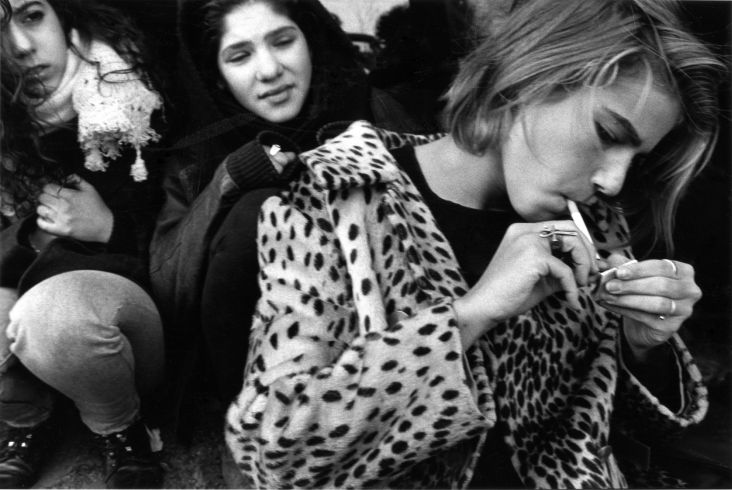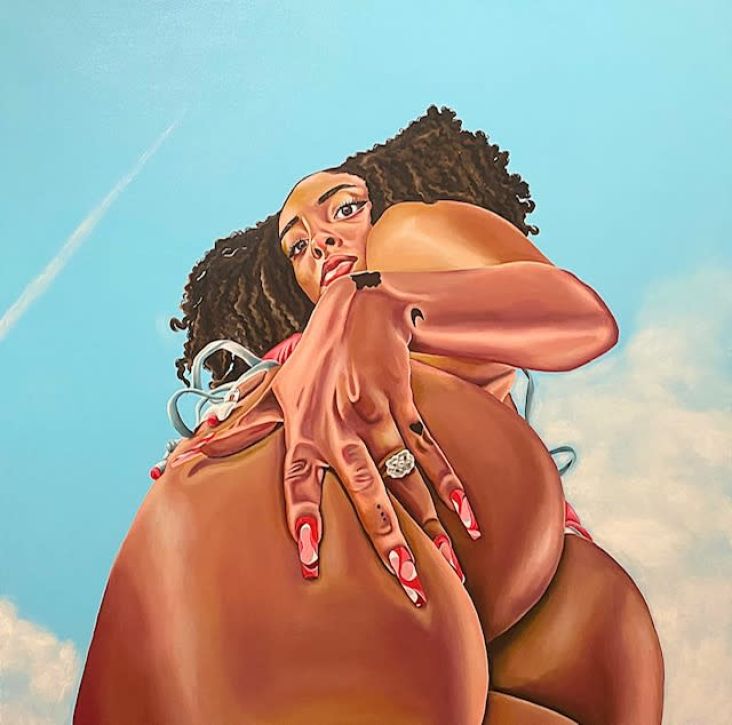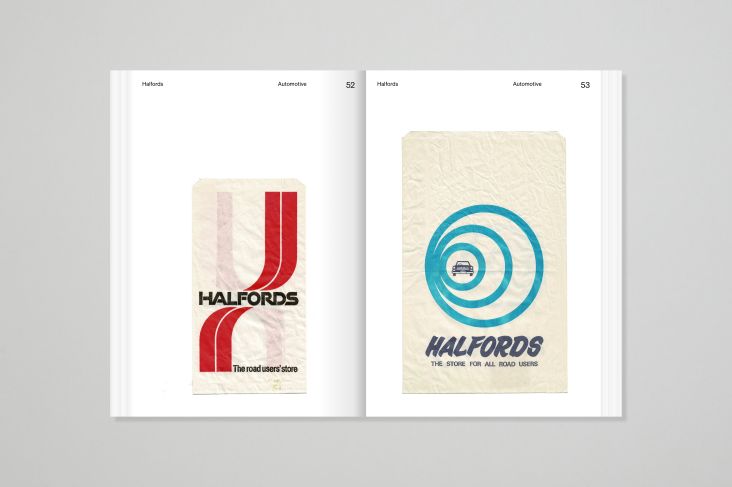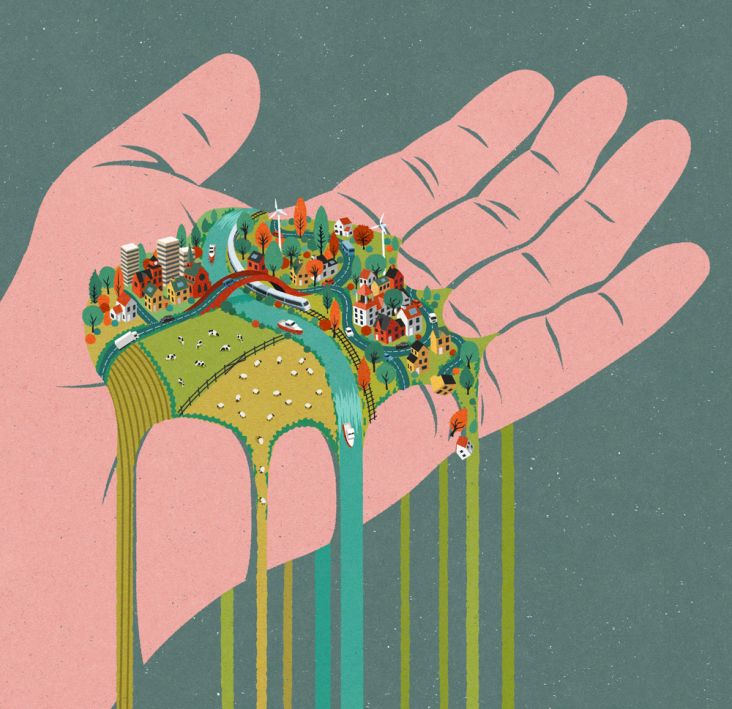Lubaina Himid, the influential modern artist inspired by her mother's craft as a textile designer
For over four decades, Lubaina Himid has created powerful and poetic work, making her an increasingly influential figure in contemporary art – from her pivotal role in the British black arts movement of the 1980s to winning the Turner Prize in 2017. This month, Tate Modern will present her largest solo exhibition to date, celebrating her remarkable career so far.
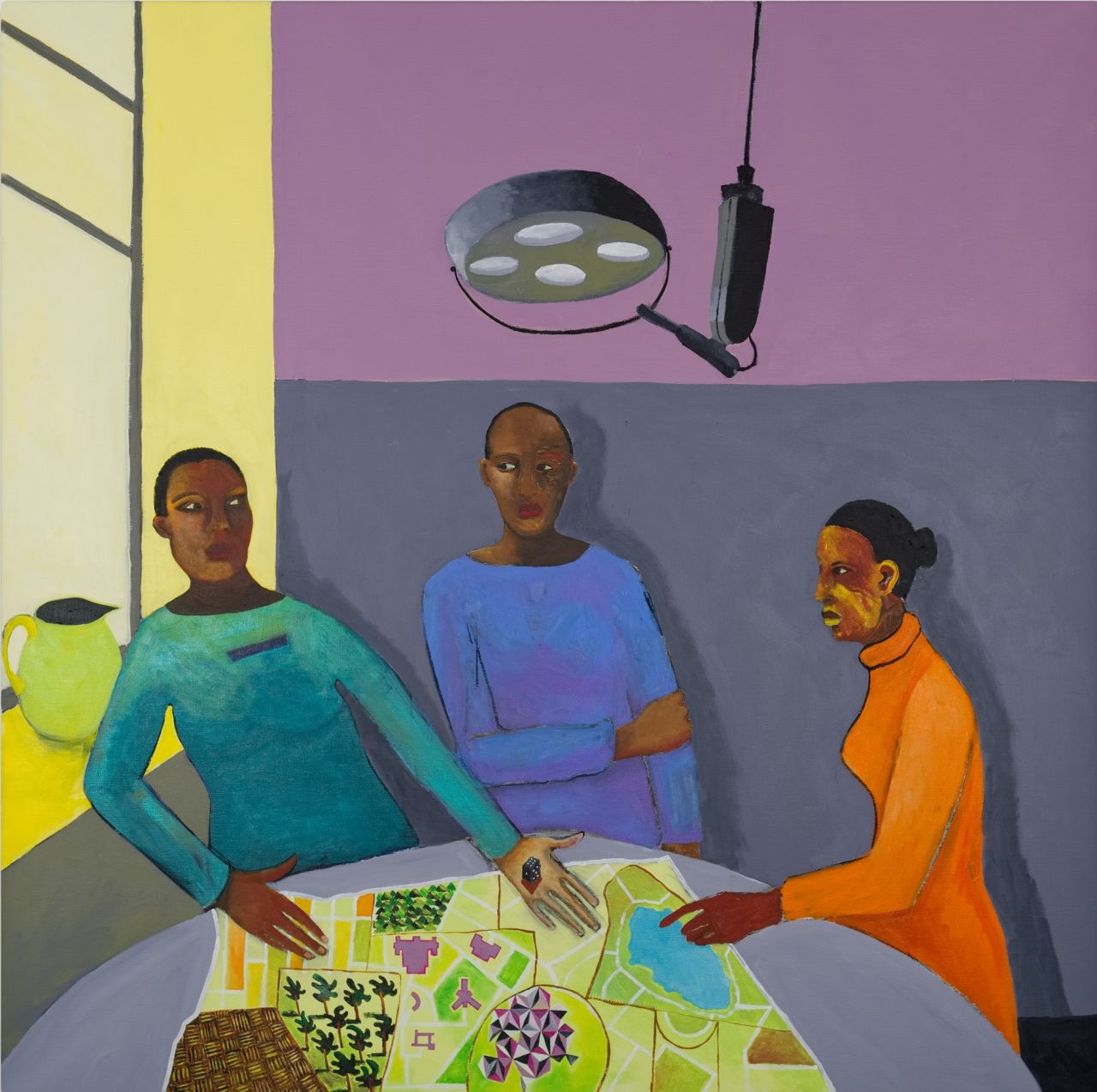
The Operating Table 2017-8 Private Collection © Lubaina Himid
Taking inspiration from the artist's interest in opera and her training in theatre design, the show will unfold across a sequence of scenes that ask us to consider how the built environment, history, personal relationships and conflict shape the lives we lead. There'll be 50 works on display, bringing together painting, everyday objects, poetic texts and sound.
Amongst those featured include early installations such as the famous A Fashionable Marriage 1984 along with more recent large-format paintings from the series, Le Rodeur 2016-18, and new paintings created during the lockdown, which will go on public display for the first time. "I have always thought of my work as starting when people get to see it. For me, nothing starts until then," says Lucid.
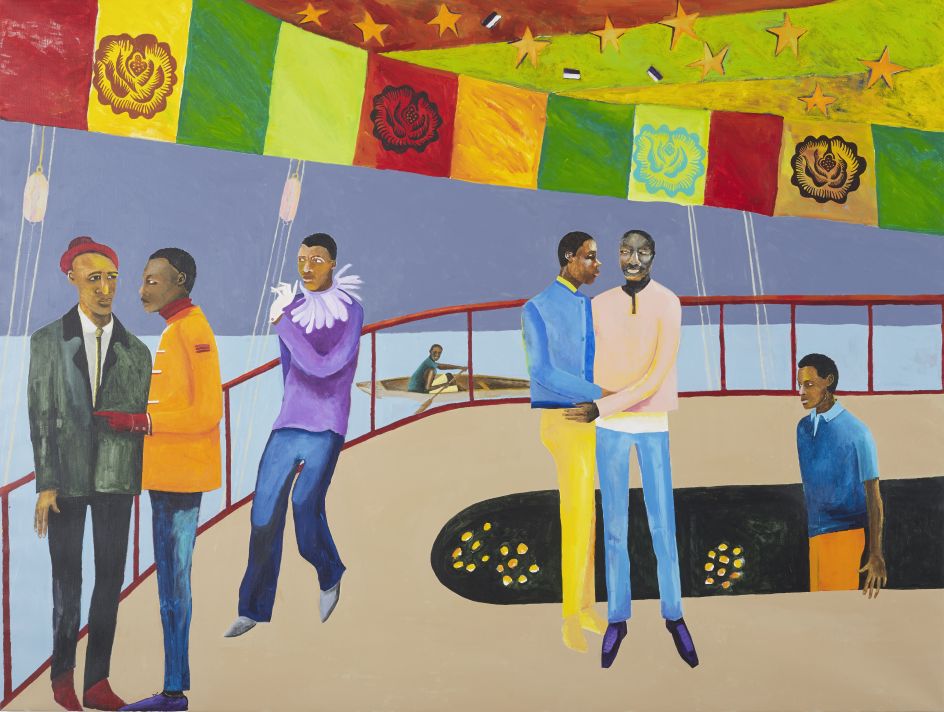
Ball on Shipboard, 2018 Rennie Collection, Vancouver © Lubaina Himid
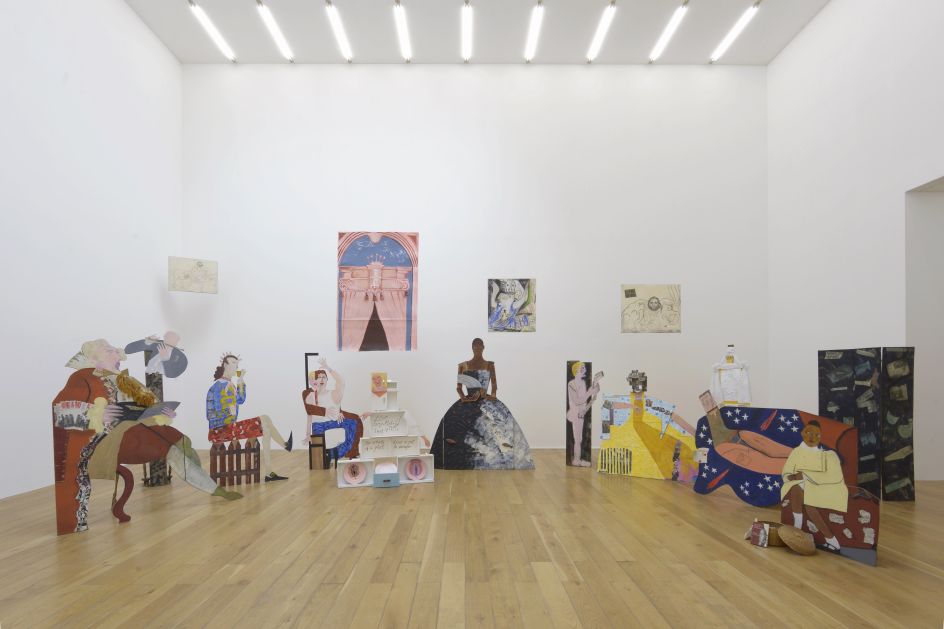
A Fashionable Marriage, 1986 installation view, 2017 © Nottingham Contemporary Photo: Andy Keate Courtesy the artist and Hollybush Gardens
Interestingly, an early fascination with pattern, influenced by her mother's career as a textile designer, has always been central to Himid's work. "Patterns occur when I am talking to myself and trying to make visual the music, the sound, the noise and the poetry which underpins all of my work," she continues. As such, a series of suspended cloth flags inspired by East African kanga textiles will welcome visitors to the exhibition at Tate Modern, featuring evocative lines of poetry which address the kanga's layered uses and meanings, as well as its associations with fashion.
Throughout her career, Himid has explored and expanded the possibilities of storytelling, encouraging us, the viewer, to become active participants in her work. A fictional architecture competition inspires the installation Jelly Mould Pavilions for Liverpool 2010, in which a series of hand-painted ceramic models celebrate the contributions of the African diaspora and invite us to reflect on the role of monuments in public space. Displayed at Tate Modern alongside a range of works including Metal Handkerchiefs 2019 in a room addressing architecture and the built environment, Himid poses the question: 'We live in clothes, we live in buildings. Do they fit us?'
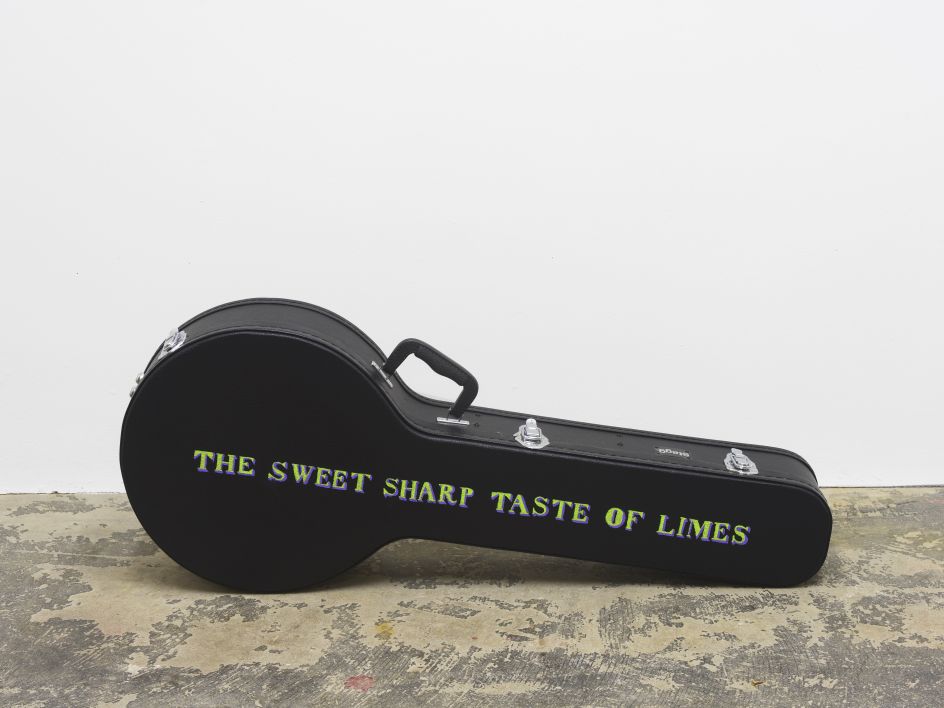
Lubaina Himid, The Sweet Sharp Taste of Limes 2017-18 © Lubaina Himid Courtesy the artist and Hollybush Gardens
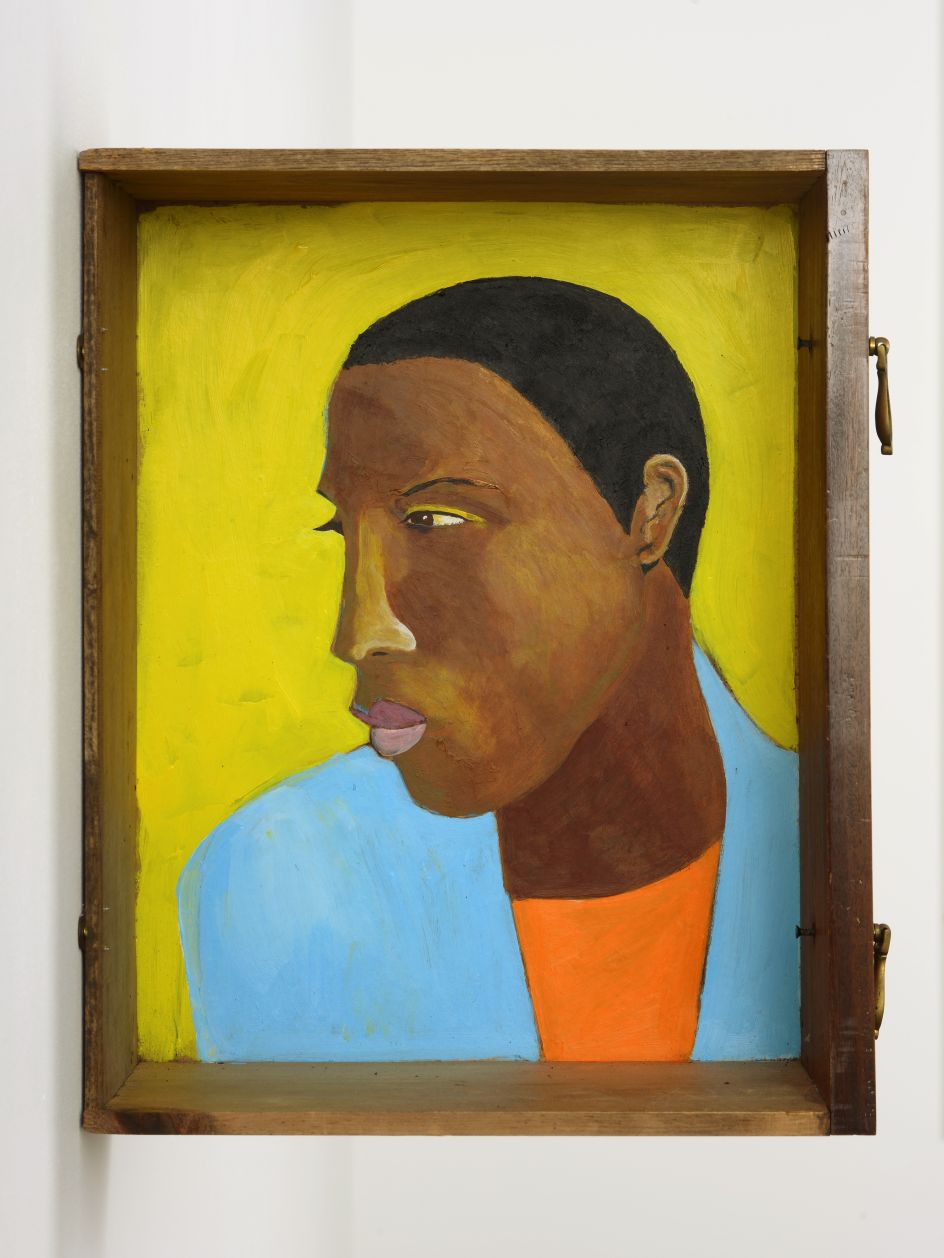
Lubaina Himid Man in a Shirt Drawer 2017-8 Tate © Lubaina Himid
A major highlight of the exhibition will be the presence of sound installations, including Blue Grid Test 2020, created by Himid in collaboration with artist Magda Stawarska-Beavan. Displayed in the UK for the first time, this 25-metre-long painting features 64 patterns from all over the world, each painted a different shade of blue on top of a variety of objects pinned to the gallery walls. Coupled with a sound installation layering instrumental music with Himid's voice, the work creates a visual and sonic embrace. Reflecting on this idea, Himid asks visitors: 'What does love sound like?'
Elsewhere, you'll also be able to see recent paintings and painted objects that centre on those extraordinary moments of everyday life that are rarely portrayed. The series, Men in Drawers, for example, features tender portraits of imaginary figures inside vintage wooden furniture, while works like Cover the Surface depict intimate interactions and moments of indecision between men.
Lubaina Himid opens at the Tate Modern in London on 25 November and runs until 3 July 2023. Discover more about the artist at lubainahimid.uk.
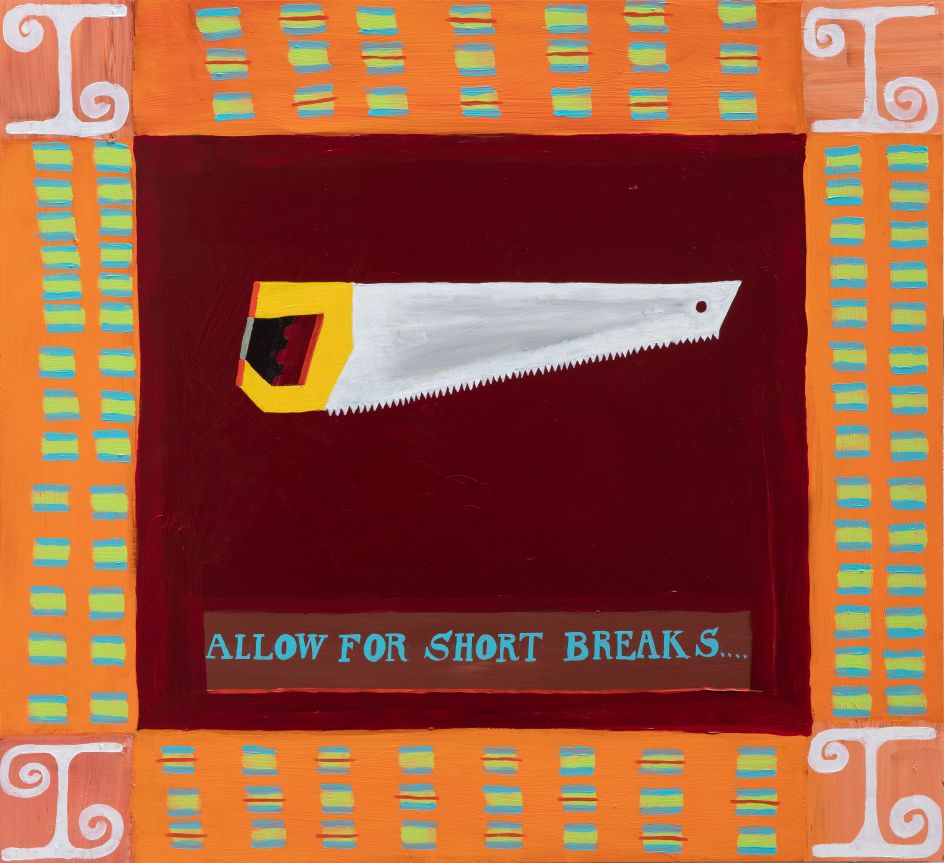
© Lubaina Himid
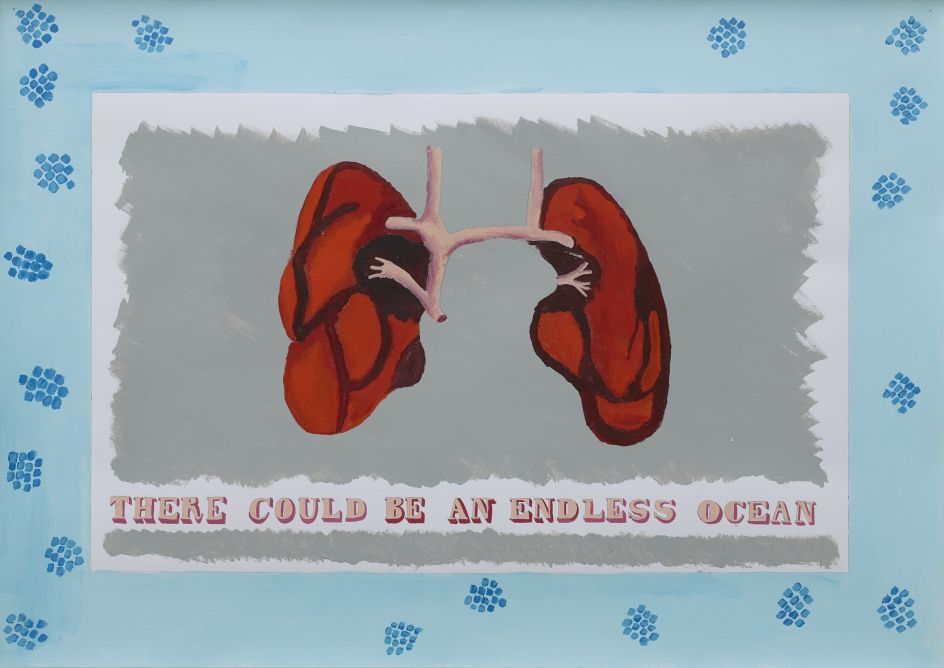
There Could Be an Endless Ocean 2018 Courtesy the artist and Hollybush Gardens
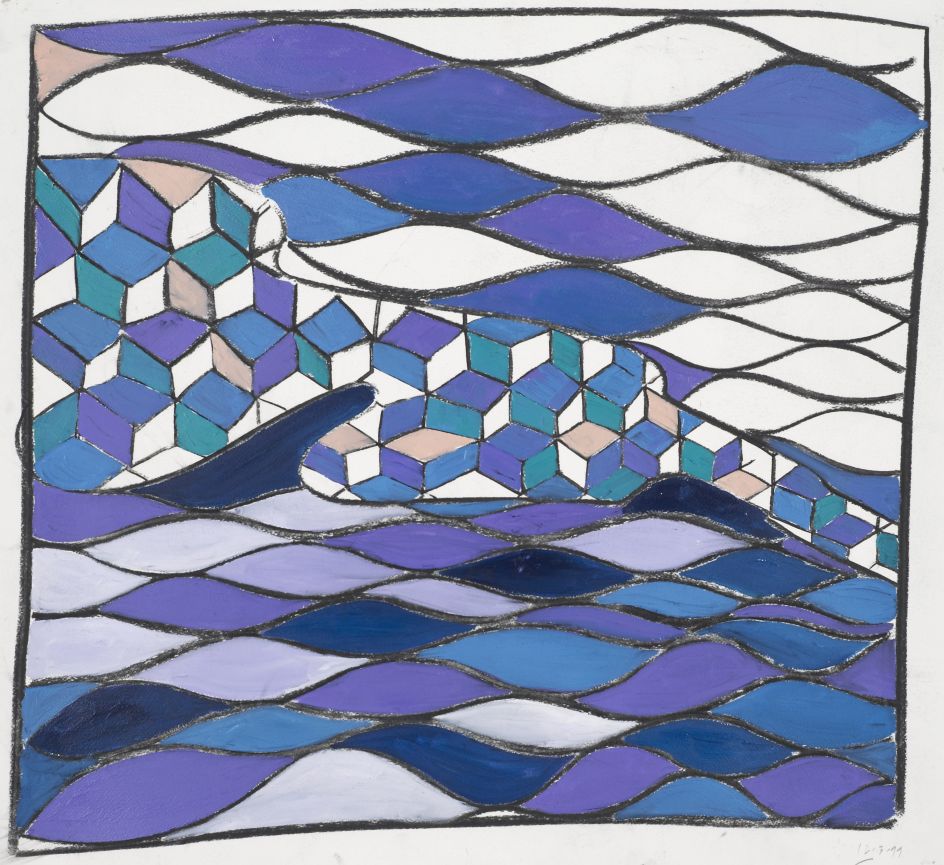
Tide Change 1998 © Lubaina Himid Courtesy the artist and Hollybush Gardens




 by Tüpokompanii](https://www.creativeboom.com/upload/articles/58/58684538770fb5b428dc1882f7a732f153500153_732.jpg)


 using <a href="https://www.ohnotype.co/fonts/obviously" target="_blank">Obviously</a> by Oh No Type Co., Art Director, Brand & Creative—Spotify](https://www.creativeboom.com/upload/articles/6e/6ed31eddc26fa563f213fc76d6993dab9231ffe4_732.jpg)








